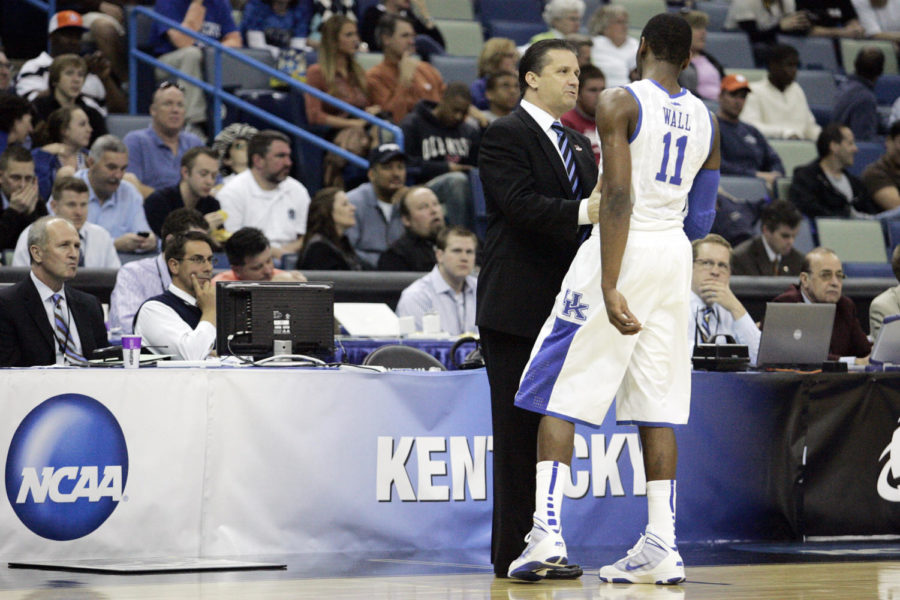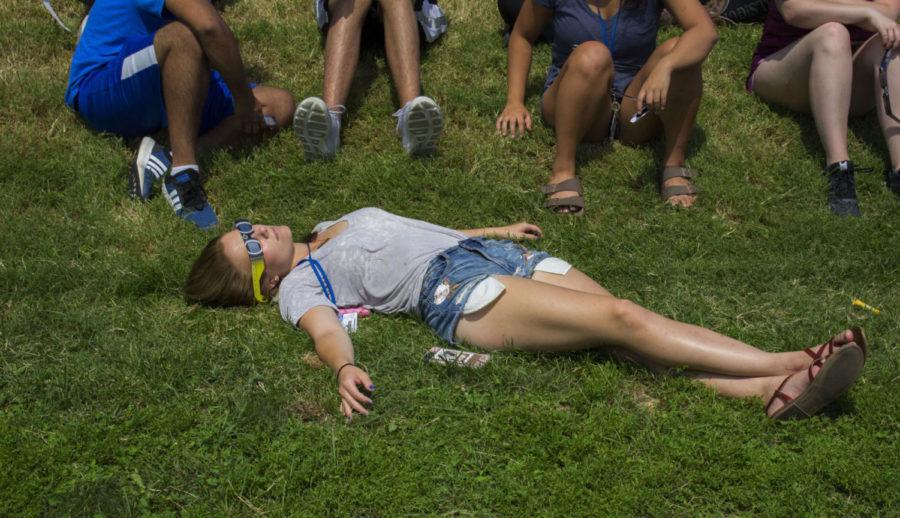For the first time in seven years, North America will witness a total solar eclipse make its way across the continent on Monday, April 8.
The eclipse is a rare occurrence that will be visible right here in Lexington.
Kentucky will be one of the 15 states in the path of the eclipse as it moves from Mexico up through Canada where people will have the opportunity to experience the dark afternoon skies as the eclipse passes through, some witnessing totality.
A total solar eclipse, according to NASA, “… happens when the Moon passes between the Sun and Earth, completely blocking the face of the Sun.”
NASA said this will cause the sky to abnormally darken in the early afternoon. Those in the path of the total eclipse can also see the sun’s outer atmosphere, otherwise known in scientific terms as “the corona.”
According to Kentucky Tourism, people in the Lexington area will only experience a partial eclipse since central Kentucky is not under the direct path.
Certain parts of western Kentucky, such as Paducah and Henderson, will be the best places to view the eclipse since they are the few select cities in the state that are in direct path of the eclipse and will experience complete totality.
Totality, according to NASA, is when the moon moves in front of the sun which blocks any light shining down to Earth.
Unlike the total eclipse in 2017, this one is traveling on a wider, more populated path, according to NASA. In 2017, the noon was distanced farther than it is now, leaving a slimmer path of totality.
For students on the University of Kentucky’s campus looking to be eyewitnesses, the best time to get outside and see the darkness wash over the greater Lexington area is 3:08 p.m., according to timeanddate.
According to the Associated Press website, “An estimated 44 million people live within the path of totality, with another couple hundred million within 200 miles (320 kilometers), guaranteeing the continent’s biggest eclipse crowd ever.”
Directly looking at the eclipse is extremely dangerous and can cause severe eye damage if protective eclipse glasses are not worn, according to NASA.
“Exposing your eyes to the Sun without proper eye protection during a solar eclipse can cause ‘eclipse blindness’ or retinal burns, also known as solar retinopathy,” The New York State Center for School Health website said. “This exposure to the light can cause damage or even destroy cells in the retina (the back of the eye) that transmit what you see to the brain.”
Damage to your eyes can be temporary or permanent. Some symptoms that could possibly occur are loss of central vision, altered color vision and distorted vision are possible symptoms.
Glasses can be purchased on Amazon, at Lowe’s, Walmart and other stores near campus.
UK Libraries set out eclipse glasses for students to take in preparation for Monday, however, on April 5, they posted on X to not use the glasses as they “…were not approved by the AAS and therefore may not be safe for viewing a solar eclipse.”
According to UKNOW, the Biniki glasses were mislabeled and should be disposed of. Other eclipse glasses brands were listed at the bottom of the article for students looking to replace the Biniki eyewear.
The next total solar eclipse will not occur until Aug. 23, 2044, according to NASA.

































































































































































